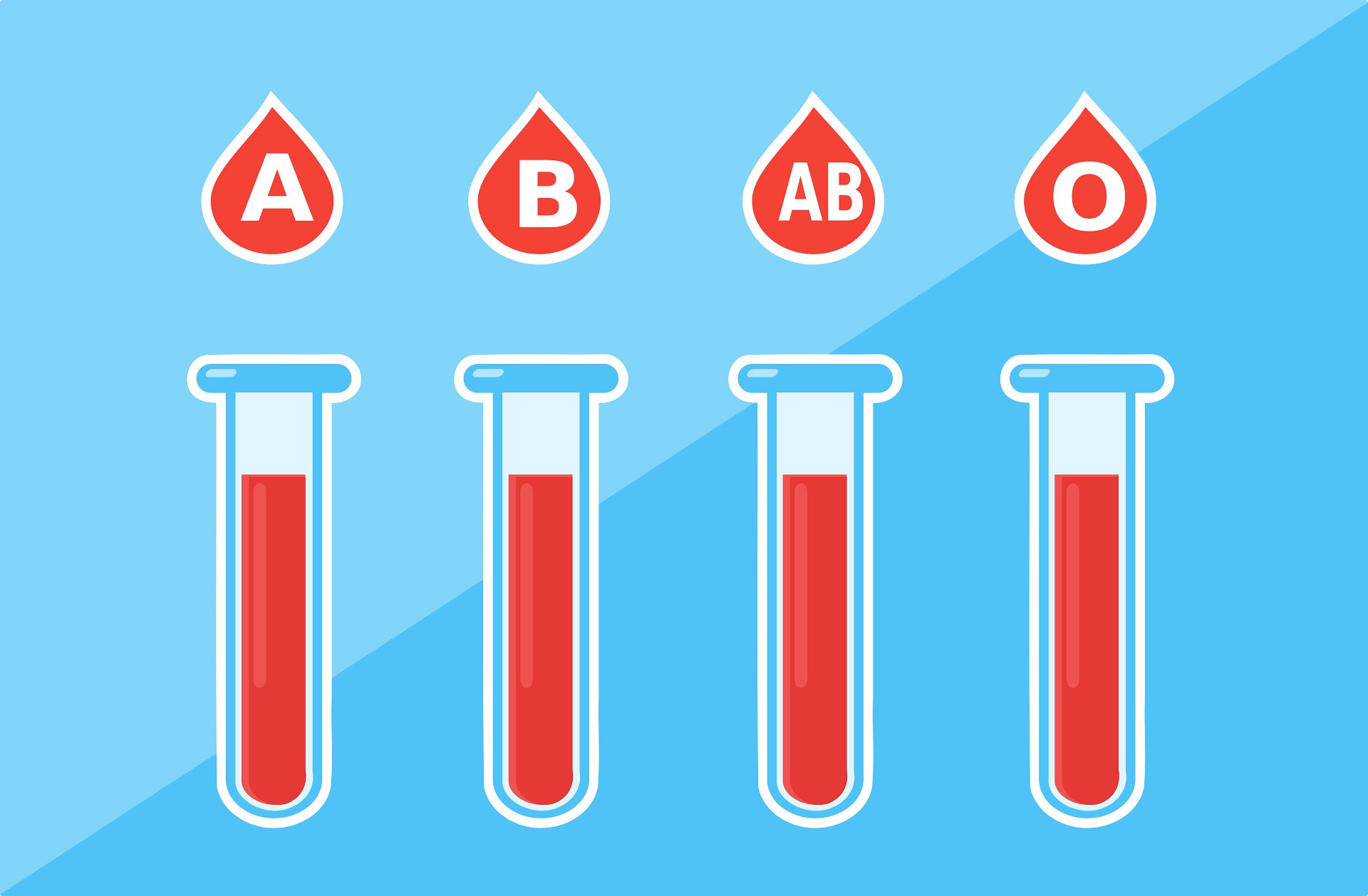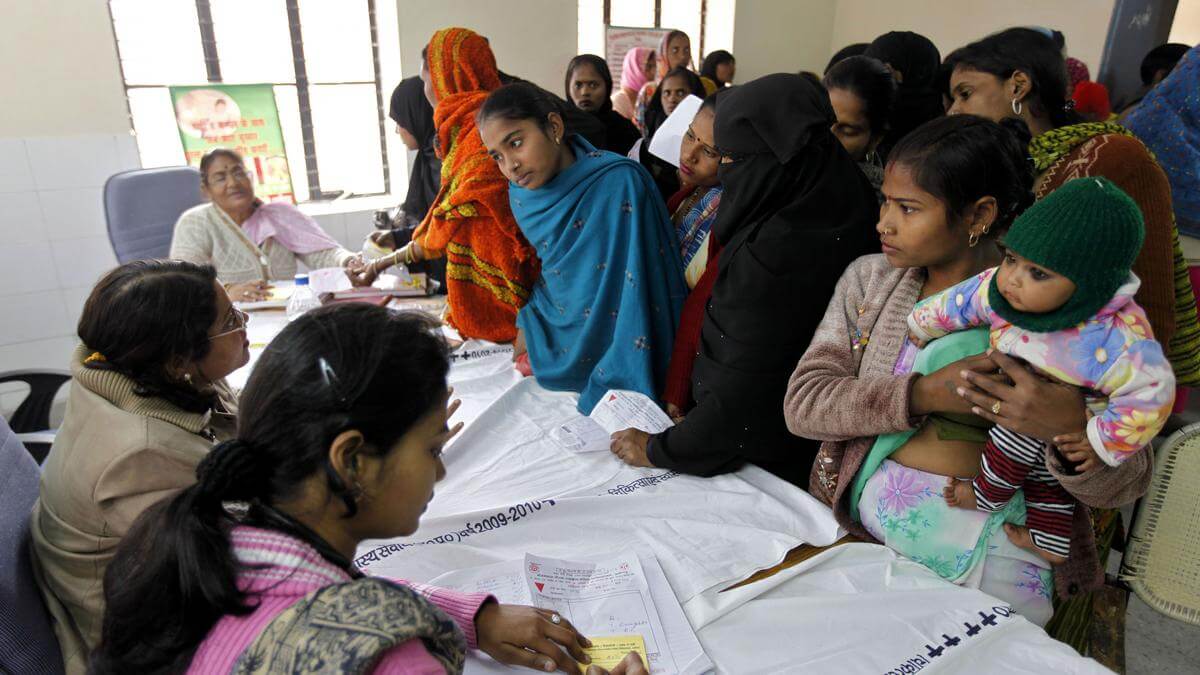Late puberty in boys could be an early sign of type 2 diabetes
Wed 14 May 2025, 00:47:42

Boys who go through puberty later than their peers could be at higher risk of developing type 2 diabetes in adulthood, according to new research from Israel.
The findings were presented at the inaugural joint congress of the European Society of Paediatric Endocrinology and the European Society of Endocrinology.
The large-scale study analysed data from more than 9.6 lakh Israeli adolescent boys aged between 16 and 19 who were recruited for military service between 1992 and 2015. Of these, over 4,300 boys had delayed puberty.
Researchers followed them until 2019 and found that those with delayed puberty were approximately 2.5 times more likely to develop type 2 diabetes early in adulthood than those who matured on time.
The study took into account other factors that could affect the results, such as the year of birth, where the boys came from, family income, education level, and thinking ability.
Even after accounting for body weight, a major known risk factor, the risk of type 2 diabetes remained 37% higher among those who had experienced delayed puberty.
Each year, about 140 out of every 1,00,000 boys with delayed puberty went on to develop type 2 diabetes, compared with 41 per 1,00,000 among those with normal pubertal timing.
"Delayed
puberty is usually considered harmless. But our study shows it could be an early signal for future metabolic issues like diabetes," said lead author Professor Orit Pinhas-Hamiel from Sheba Medical Center.
puberty is usually considered harmless. But our study shows it could be an early signal for future metabolic issues like diabetes," said lead author Professor Orit Pinhas-Hamiel from Sheba Medical Center.
She added that previous studies on this subject had limitations, like low participation rates and reliance on recall-based data, whereas this analysis was based on a national cohort with objective clinical records.
The researchers believe there may be a developmental window during adolescence when hormonal changes play a critical role in determining long-term health outcomes. Just as early childhood shapes language skills or puberty determines bone strength, this stage might influence metabolic risk.
"With increasing rates of type 2 diabetes in younger adults, recognising delayed puberty as a possible risk marker could help us identify vulnerable individuals early. This opens the door for closer monitoring and targeted prevention strategies," said Prof Pinhas-Hamiel.
Type 2 diabetes, the most common form of the condition, occurs when the body doesn’t produce enough insulin or fails to use it effectively.
While traditionally associated with older adults, it is now increasingly being diagnosed in teenagers and young adults, driven by a mix of lifestyle, environmental and genetic factors.
No Comments For This Post, Be first to write a Comment.
Most viewed from Health
AIMIM News
Latest Urdu News
Most Viewed
May 26, 2020
Where should be the burial of the pilgrims martyred in the Saudi Arabia bus accident?
Latest Videos View All
Like Us
Home
About Us
Advertise With Us
All Polls
Epaper Archives
Privacy Policy
Contact Us
Download Etemaad App
© 2025 Etemaad Daily News, All Rights Reserved.

























.jpg)
.jpg)
.jpg)


